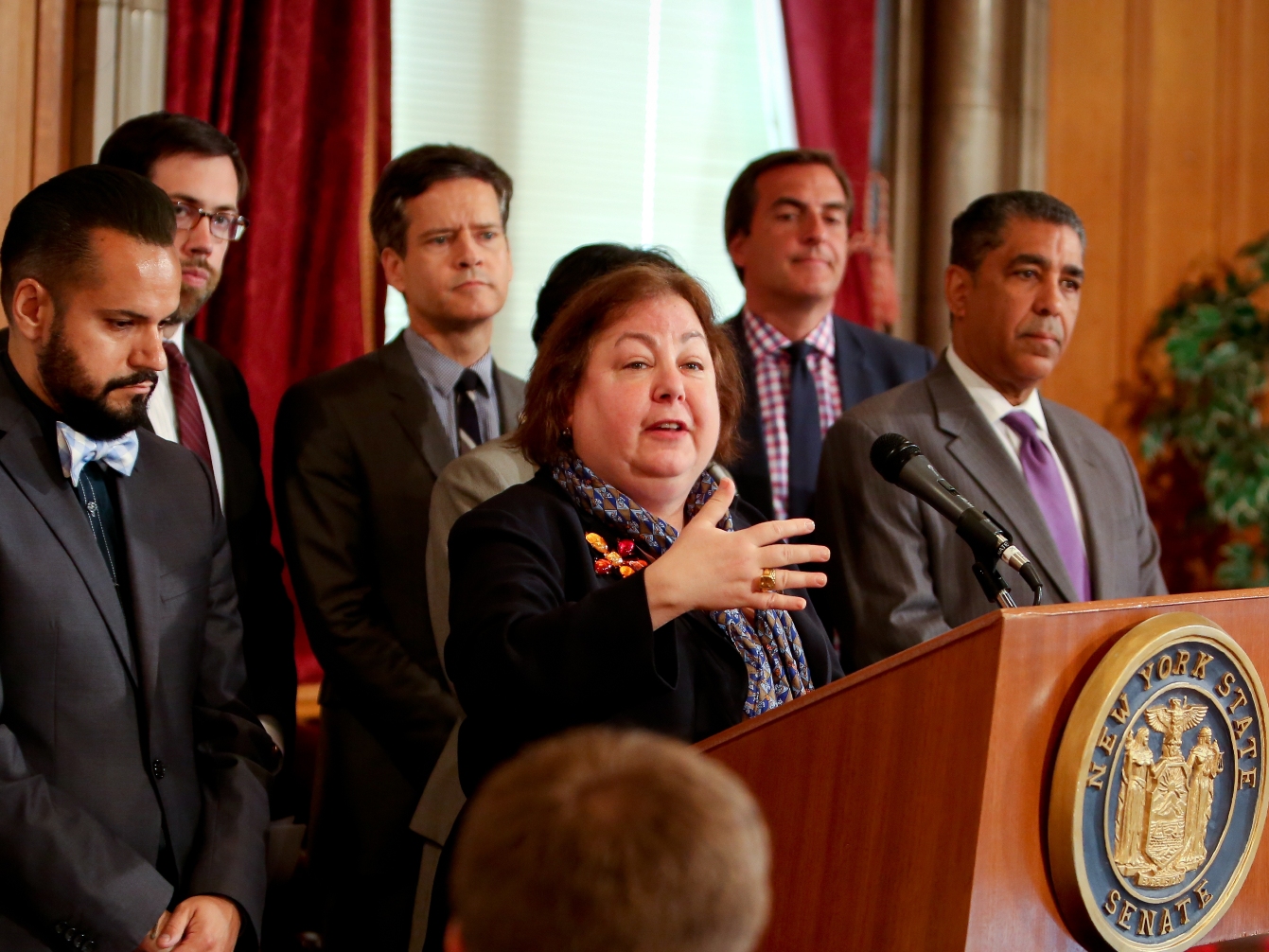"But, then, that’s why Dickie Durbin, the twit political hack from the glow-in-the-dark cobalt blue state of Illinois, stands against Patel’s nomination..."
ORIGINAL CONTENT:
https://www.undergroundusa.com/p/oh-little-dickiepun-intended
#DickDurbin #KashPatel #Trump #DeepState #FBI #DCSwamp #Election #Bureaucracy #MAGA #Disinformation #Media #GOP #Podcast #Constitution #USA #Woke #Democrats #Politics #News #Truth
ORIGINAL CONTENT:
https://www.undergroundusa.com/p/oh-little-dickiepun-intended
#DickDurbin #KashPatel #Trump #DeepState #FBI #DCSwamp #Election #Bureaucracy #MAGA #Disinformation #Media #GOP #Podcast #Constitution #USA #Woke #Democrats #Politics #News #Truth
"But, then, that’s why Dickie Durbin, the twit political hack from the glow-in-the-dark cobalt blue state of Illinois, stands against Patel’s nomination..."
ORIGINAL CONTENT:
https://www.undergroundusa.com/p/oh-little-dickiepun-intended
#DickDurbin #KashPatel #Trump #DeepState #FBI #DCSwamp #Election #Bureaucracy #MAGA #Disinformation #Media #GOP #Podcast #Constitution #USA #Woke #Democrats #Politics #News #Truth
0 Comments
0 Shares
108 Views











